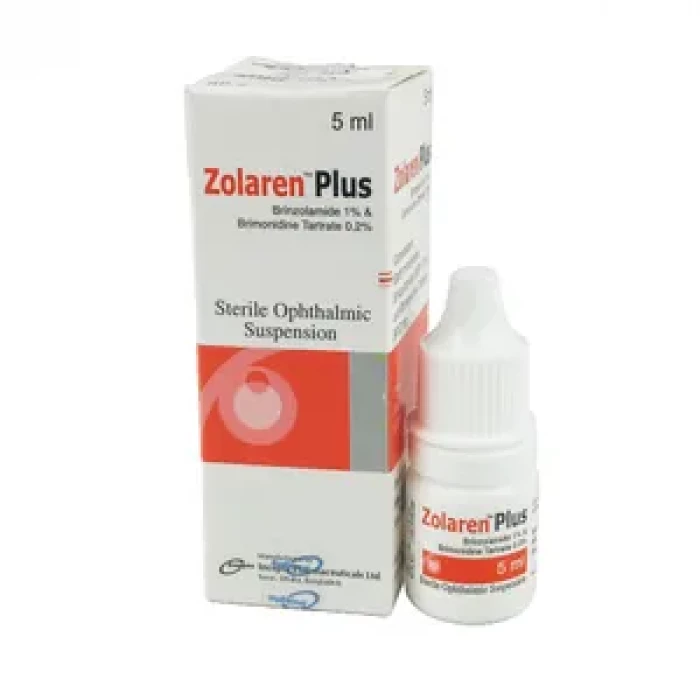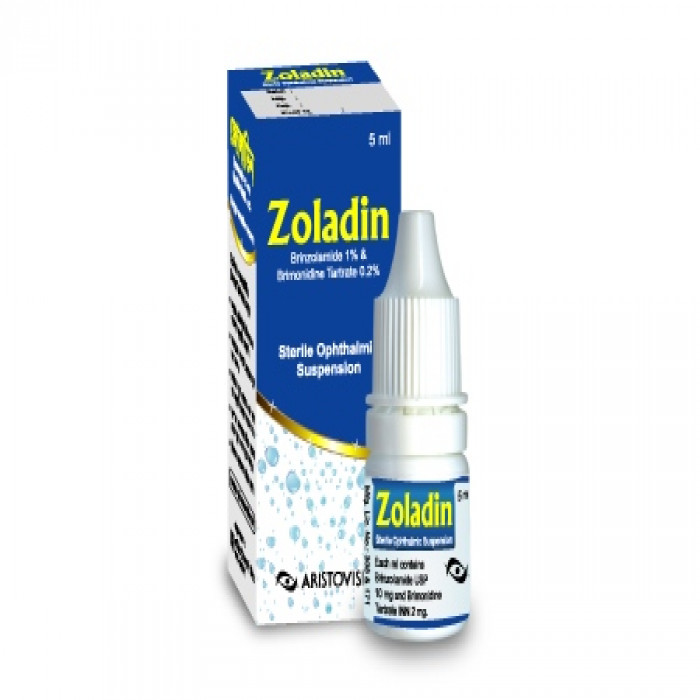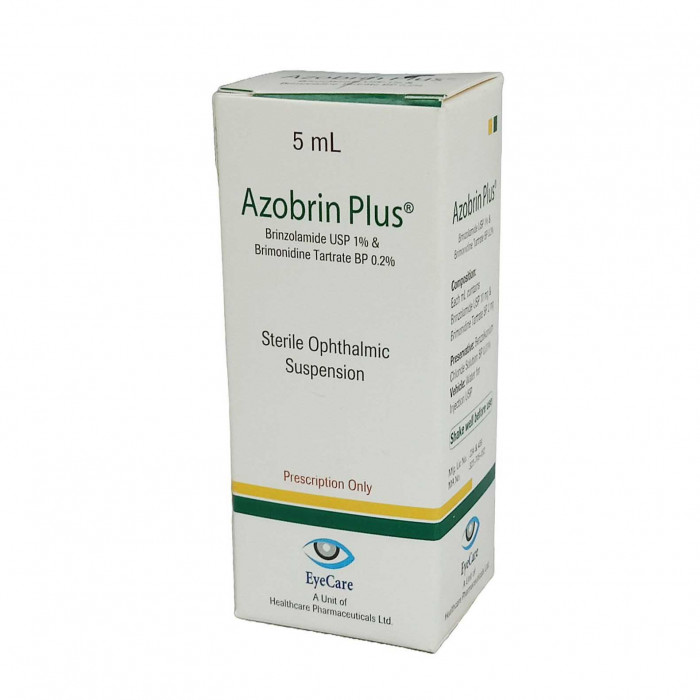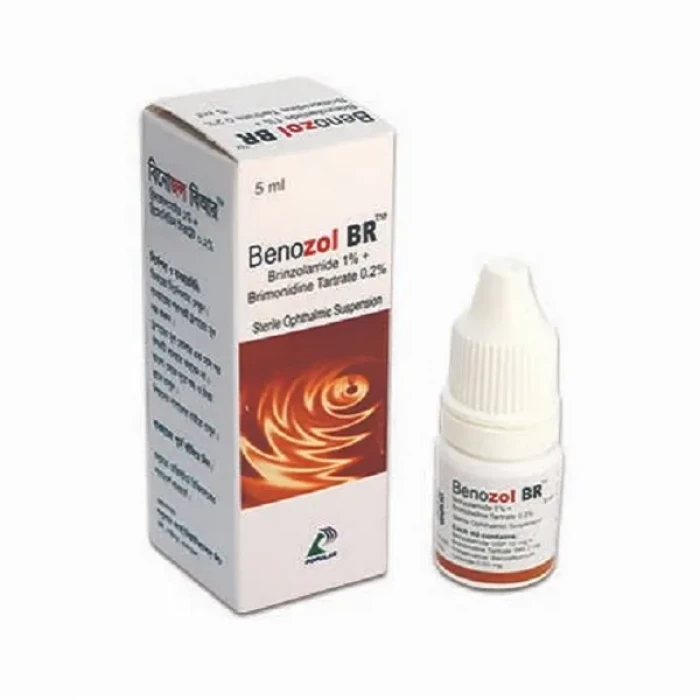
✔ 100% Authentic Product
👁️ Currently Viewing 2004
Benozol BR Sterile Ophthalmic Suspension
Benozol BR is used to manage ocular hypertension and glaucoma in adults
Discount
Price: ৳ 665
MRP:
৳
700
5%
Off

100% Genuine Products, Guaranteed

Safe & Secure Payments, Always

Fast, Secure & Efficient Delivery

Proper Packaging
 Cash on Delivery - All over Bangladesh
Cash on Delivery - All over Bangladesh Regular Delivery - 12-24 Hours, Dhaka City* Charge Tk.39-59
Regular Delivery - 12-24 Hours, Dhaka City* Charge Tk.39-59 Regular Delivery - 24-48 Hours, Other Cities* Charge Tk.99-110
Regular Delivery - 24-48 Hours, Other Cities* Charge Tk.99-110
 ফ্রি ডেলিভারিঃ - ৯৯৯ টাকা+ অর্ডারে, ঢাকা
শহরে
ফ্রি ডেলিভারিঃ - ৯৯৯ টাকা+ অর্ডারে, ঢাকা
শহরে ফ্রি ডেলিভারিঃ - ২৯৯৯ টাকা+ অর্ডারে, ঢাকার
বাহিরে
ফ্রি ডেলিভারিঃ - ২৯৯৯ টাকা+ অর্ডারে, ঢাকার
বাহিরে
100% Genuine Products, Guaranteed
Safe & Secure Payments, Always
Fast, Secure & Efficient Delivery
Proper Packaging
 Cash on Delivery - All over Bangladesh
Cash on Delivery - All over Bangladesh Regular Delivery - 12-24 Hours, Dhaka City* Charge Tk.39-59
Regular Delivery - 12-24 Hours, Dhaka City* Charge Tk.39-59 Regular Delivery - 24-48 Hours, Other Cities* Charge Tk.99-110
Regular Delivery - 24-48 Hours, Other Cities* Charge Tk.99-110 ফ্রি ডেলিভারিঃ - ৯৯৯ টাকা+ অর্ডারে, ঢাকা
শহরে
ফ্রি ডেলিভারিঃ - ৯৯৯ টাকা+ অর্ডারে, ঢাকা
শহরে ফ্রি ডেলিভারিঃ - ২৯৯৯ টাকা+ অর্ডারে, ঢাকার
বাহিরে
ফ্রি ডেলিভারিঃ - ২৯৯৯ টাকা+ অর্ডারে, ঢাকার
বাহিরে
✅ Description:
Brinzolamide + Brimonidine is prescribed to reduce elevated intraocular pressure in patients with open-angle glaucoma or ocular hypertension.
This combination works by reducing the formation of aqueous humour, the fluid inside the eye, which helps lower increased eye pressure and protects vision.
Continue using this medicine exactly for the duration prescribed by your doctor. If eye irritation develops or becomes worse, consult your healthcare provider promptly.
Since this medication may cause temporary blurred or altered vision, avoid driving or operating machinery until your eyesight returns to normal.
Contact lenses should not be worn during use. Remove lenses before applying the drops and wait at least 15 minutes before reinserting them.
Dry mouth may occur as a side effect. Staying well hydrated, limiting caffeine, avoiding smoking and alcohol-based mouthwashes, and chewing sugar-free gum or candy may help relieve this symptom.
Brinzolamide + Brimonidine can be used alongside other prescribed eye medications; however, maintain a 5–10 minute interval between different eye drops to prevent dilution.
Common side effects include blurred vision, eye redness, discomfort, drowsiness, and an unpleasant taste. These effects are usually mild and temporary. If they persist or worsen, seek medical advice.
This medication is available only with a prescription and contains the active ingredients brinzolamide and brimonidine, specifically formulated to manage increased eye pressure.
It should not be used by individuals who are allergic to its components, those taking monoamine oxidase inhibitors (MAOIs) or certain antidepressants, or patients with severe kidney disease or metabolic acidosis. Its safety in individuals under 18 years of age has not been established. Inform your doctor if you have liver disease, narrow-angle glaucoma, corneal disorders, dry eyes, heart disease, depression, or circulatory problems before starting treatment.
For application, lie down or tilt your head back, gently pull down the lower eyelid to form a pocket, and instill the prescribed number of drops. Keep your eyes closed for 1–2 minutes after administration.
Use during pregnancy or breastfeeding is generally not recommended unless clearly advised by a doctor. Always discuss potential risks and benefits with your healthcare provider before use.
Safety Advices
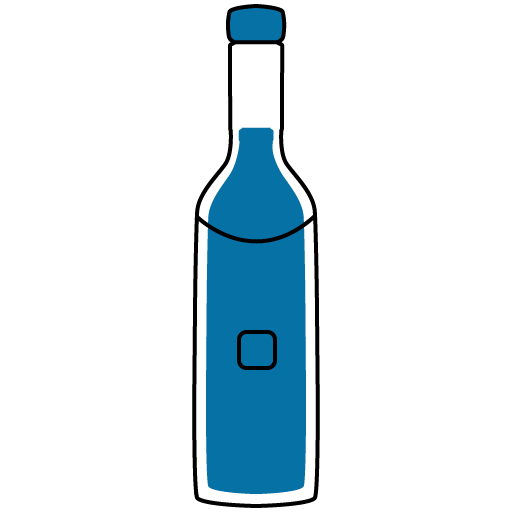
Alcohol
UNSAFE
Avoid the consumption of alcohol while using Benozol BR as it may increase the risk of side effects.

Pregnancy
CONSULT YOUR DOCTOR
Benozol BR is generally not recommended for use in pregnant women unless considered necessary by the physician. Therefore, consult your doctor before using it. Women of childbearing age should use a proper contraceptive method to avoid pregnancy while undergoing therapy with Benozol BR
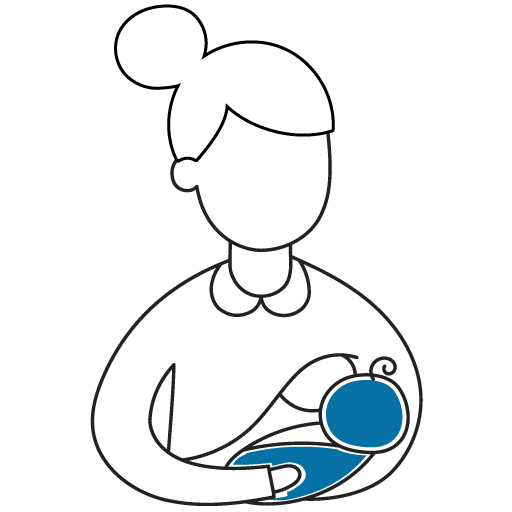
Breastfeeding
CONSULT YOUR DOCTOR
Benozol BR is generally not recommended for use in breastfeeding women unless considered necessary by the physician. Therefore, consult your doctor before using it.

Driving
CAUTION
Do not drive or operate any heavy tools or machines if you experience blurred vision, drowsiness or tiredness after using Benozol BR

Kidney
CONSULT YOUR DOCTOR
Benozol BR is not recommended for use in patients with severe kidney problems. Therefore, consult your doctor before using it.

Liver
SAFE IF PRESCRIBED
Benozol BR should be used with caution in patients with liver problems. Therefore, consult your doctor before using it.
✔️ Before using Benozol BR, inform your doctor if you are taking any of the following medicines such as:
- medicines used to manage depression, such as (Ex. citalopram, escitalopram, fluoxetine, sertraline, amitriptyline, nortriptyline, moclobemide, selegiline, phenelzine, isocarboxazid, clomipramine, mianserin, venlafaxine and duloxetine)
- medicines used to induce sleep (Ex. alprazolam, midazolam, phenobarbital)
- medicines used to manage mental illness (Ex. chlorpromazine, methylphenidate, reserpine)
- medicines used to lower blood pressure (Ex. enalapril, ramipril)
- digoxin (a medicine used to manage irregular heartbeat)
- anaesthetics (used to induce numbness) Ex. lidocaine
- other carbonic anhydrase inhibitors (used to manage glaucoma) Ex. acetazolamide and dorzolamide
- medicines used to manage viral infections (such as ritonavir, nelfinavir, atazanavir)
- medicines used to manage fungal infections (such as ketoconazole, fluconazole, itraconazole)
- medicines used to manage bacterial infections (such as amoxicillin, cefixime, azithromycin, clarithromycin)
✔️ Storage:
- Keep Benozol BR out of reach of children
- Store at room temperature
⚠️Disclaimer:
At ePharma, we’re committed to providing accurate and accessible health information. However, all content is intended for informational purposes only and should not replace medical advice from a qualified physician. Please consult your healthcare provider for personalized guidance. We aim to support, not substitute, the doctor-patient relationship.





